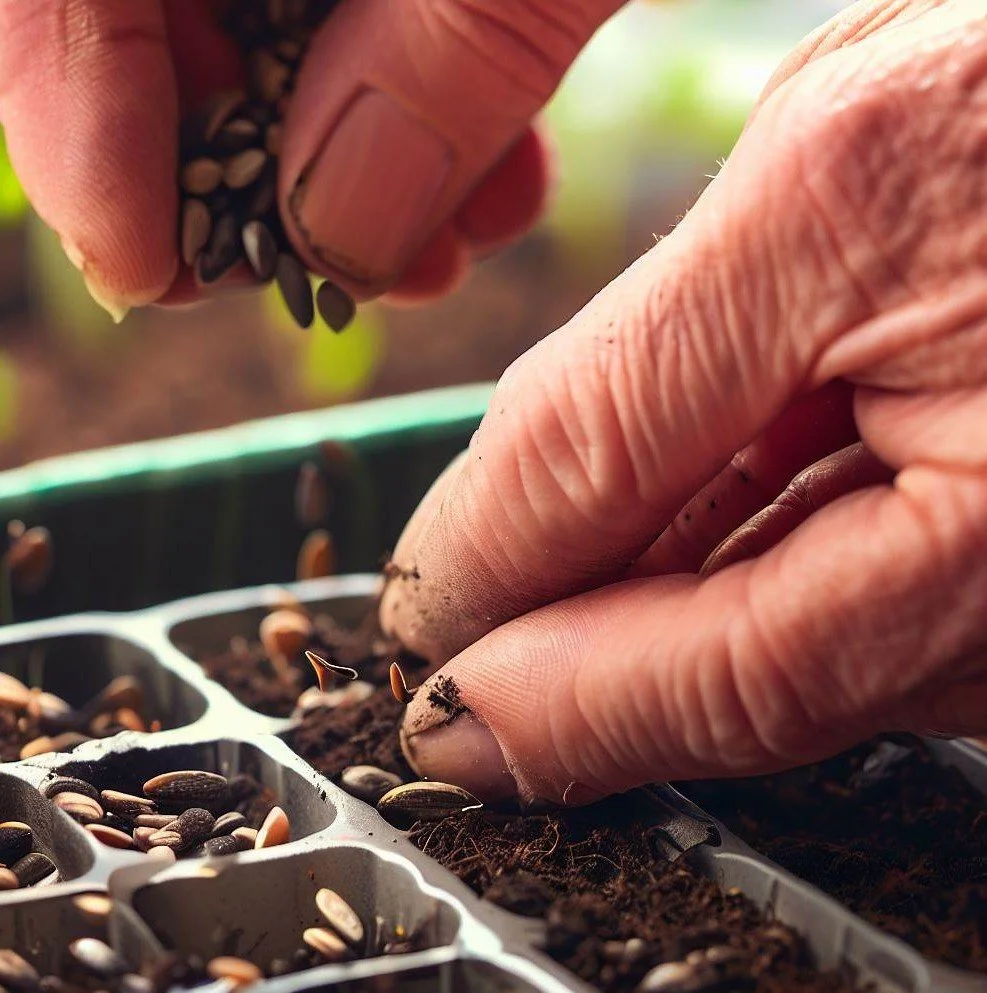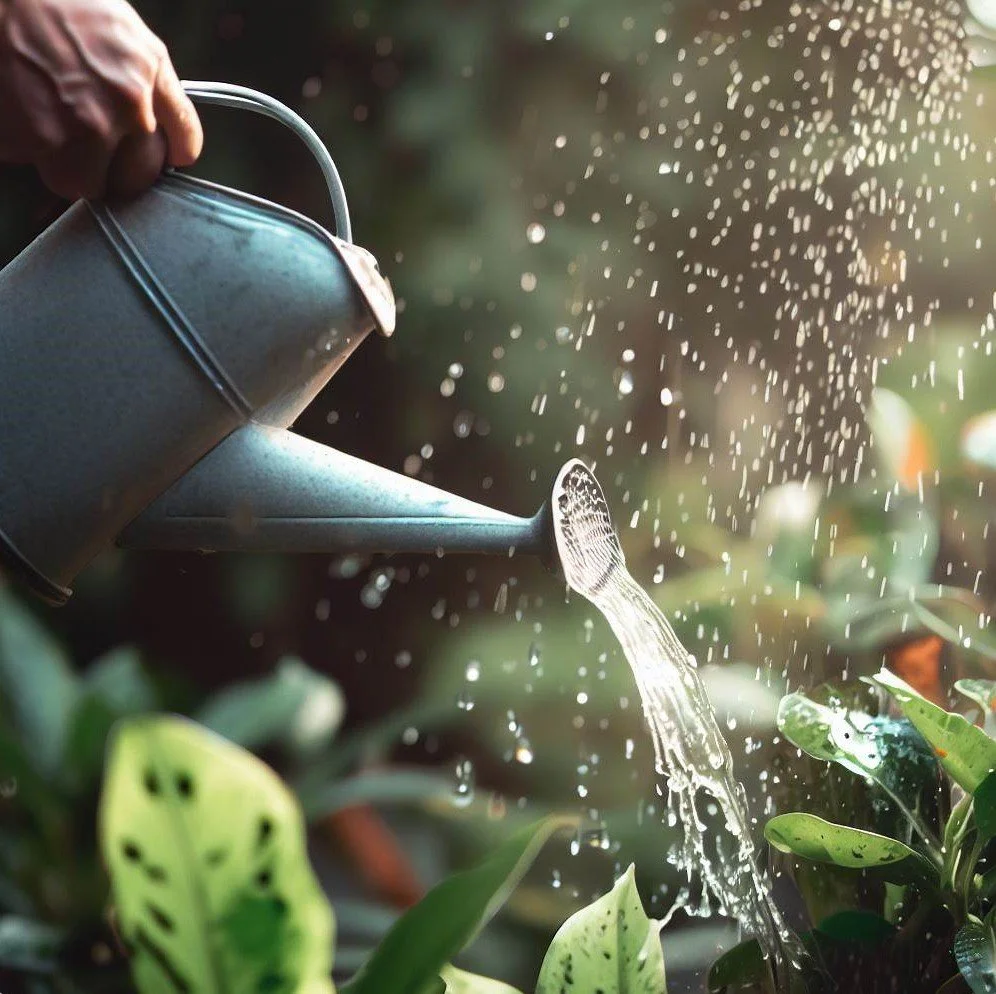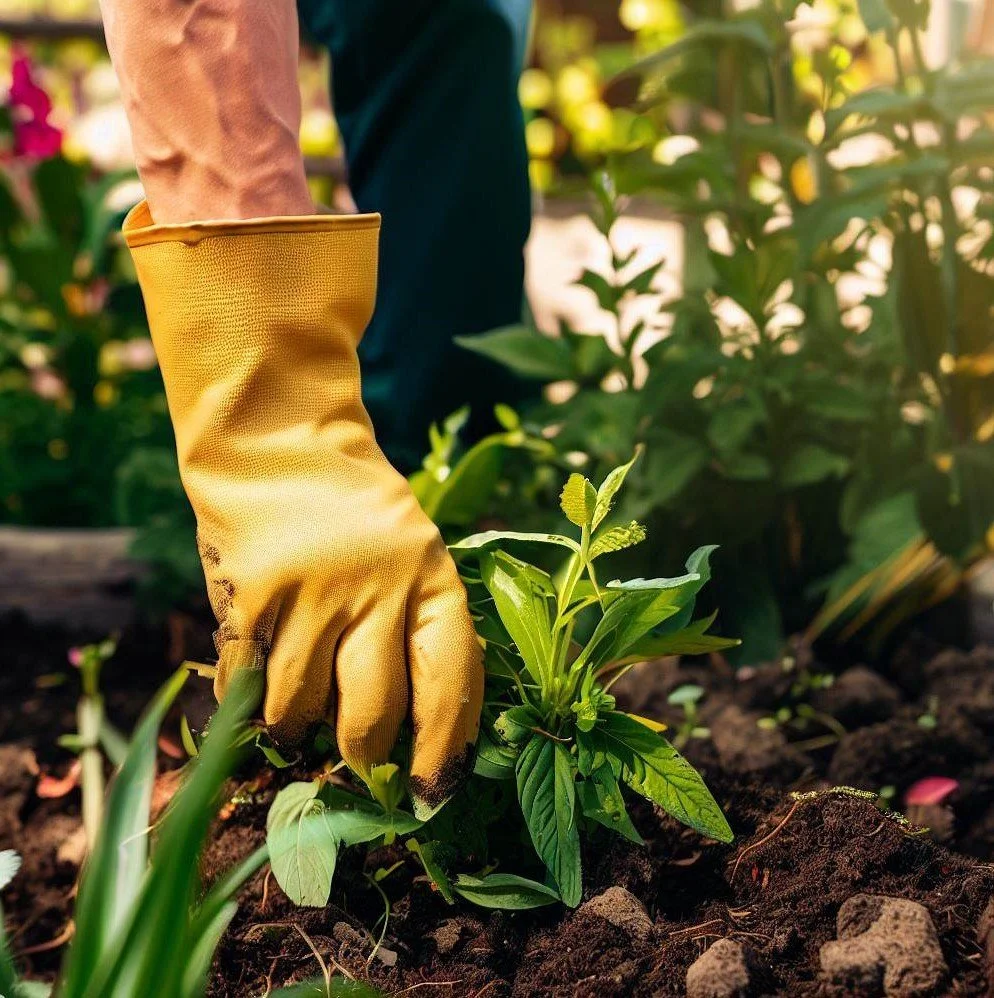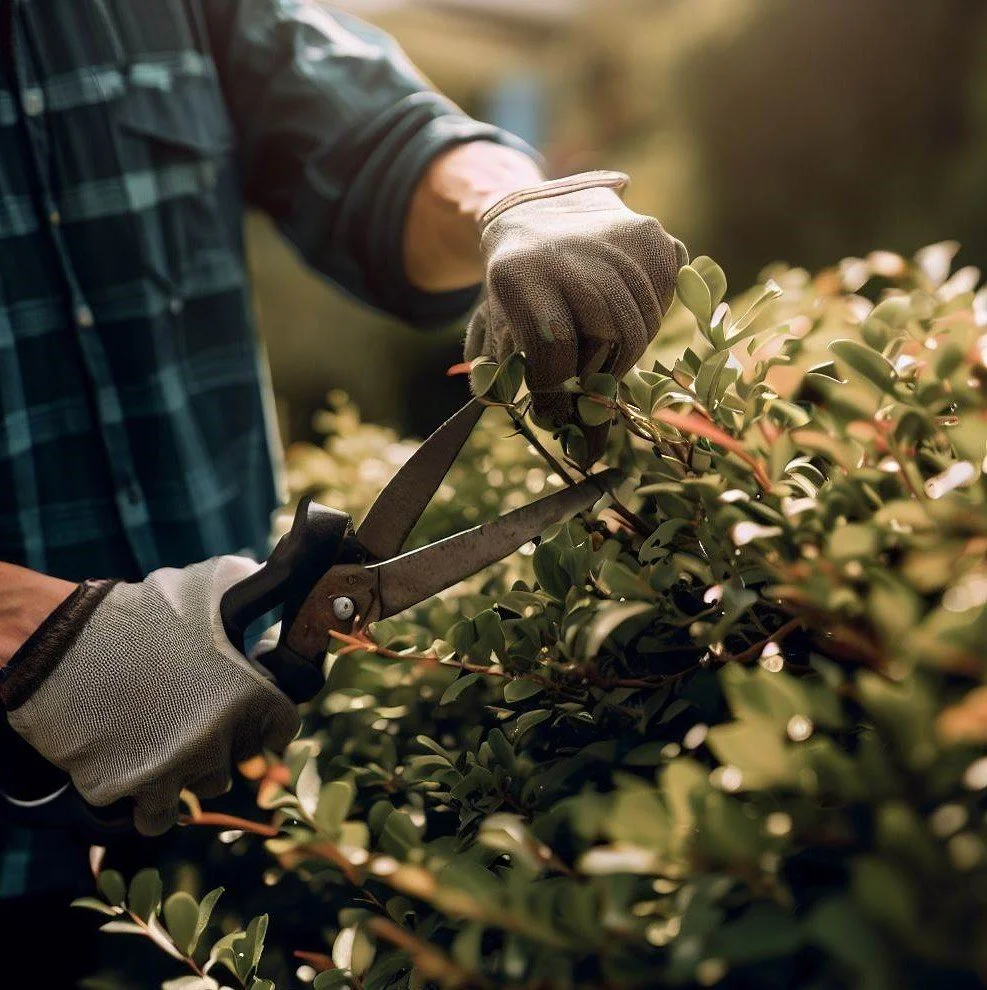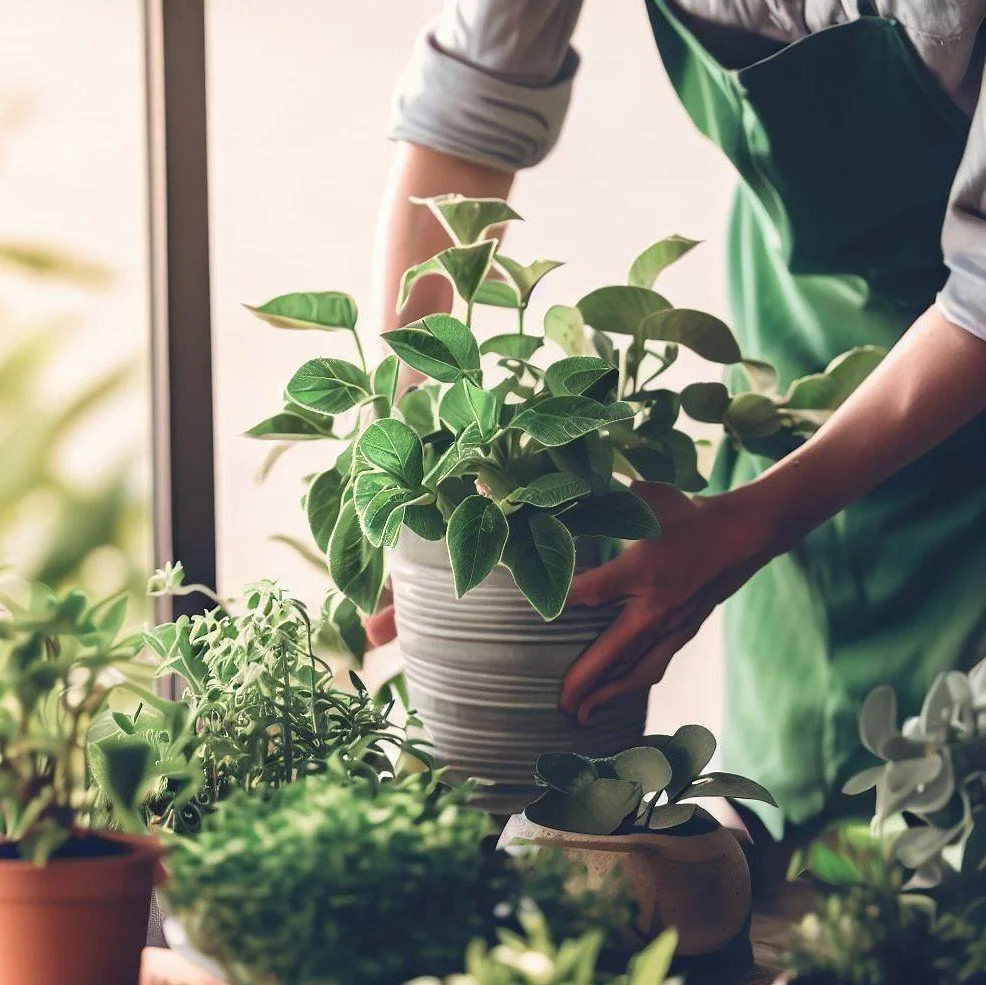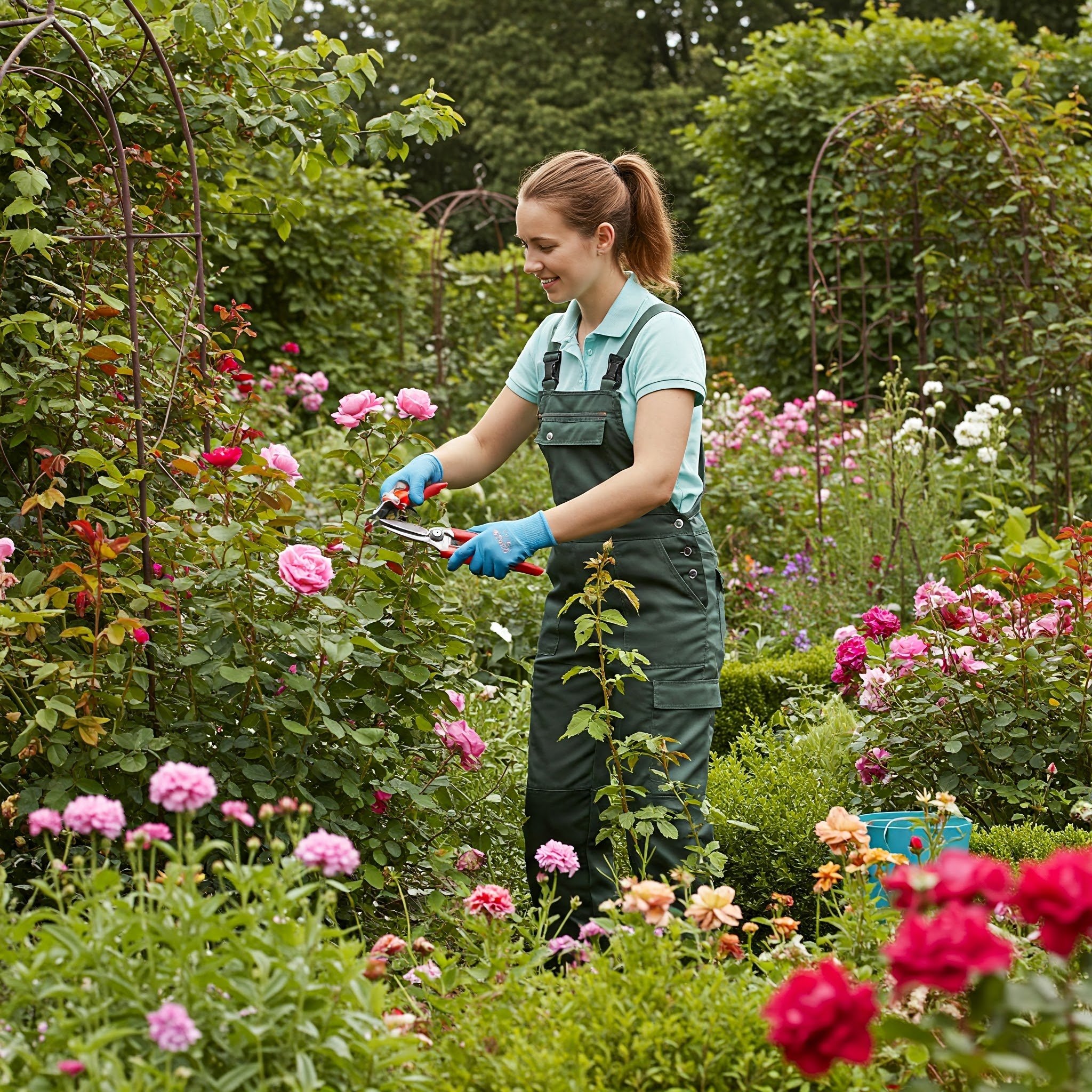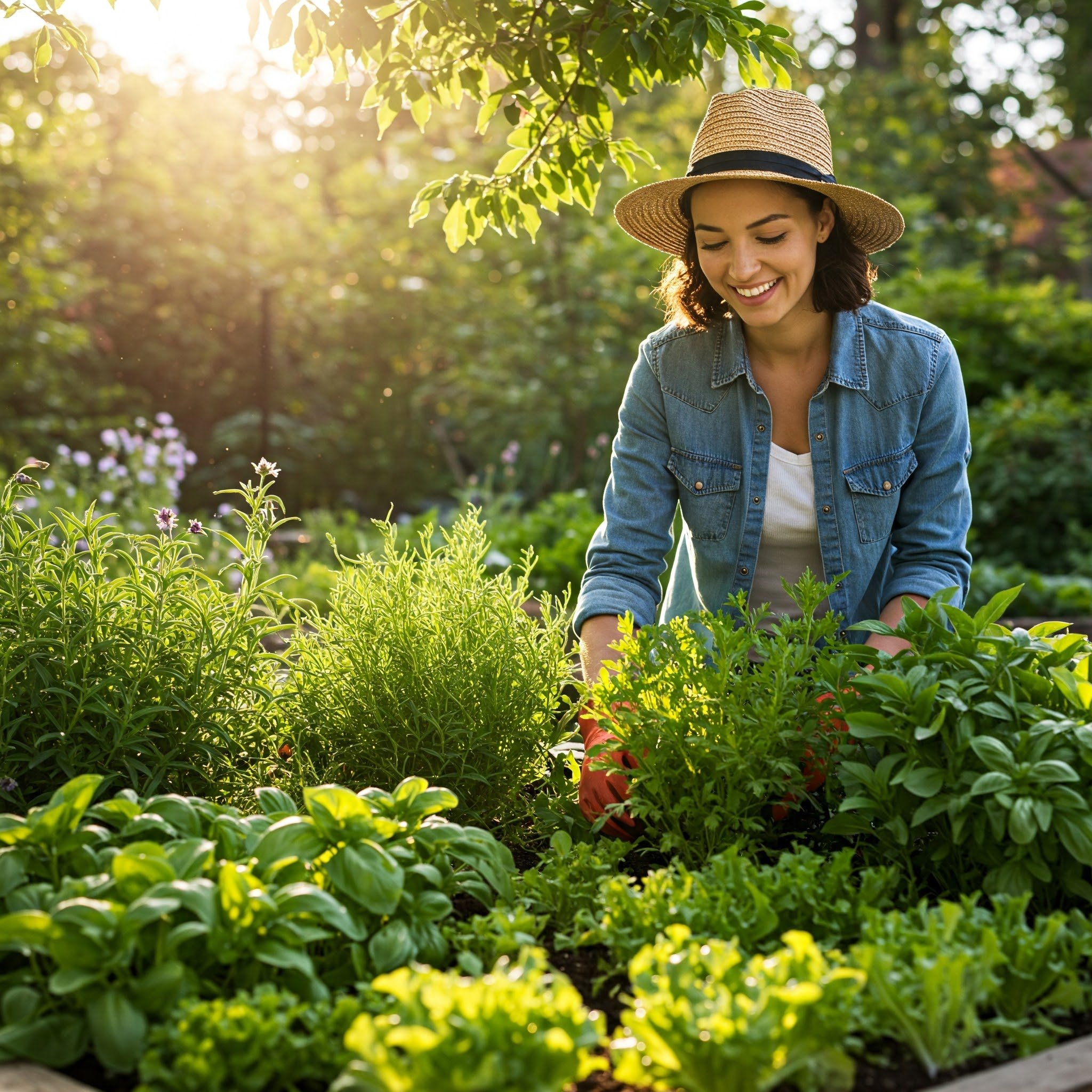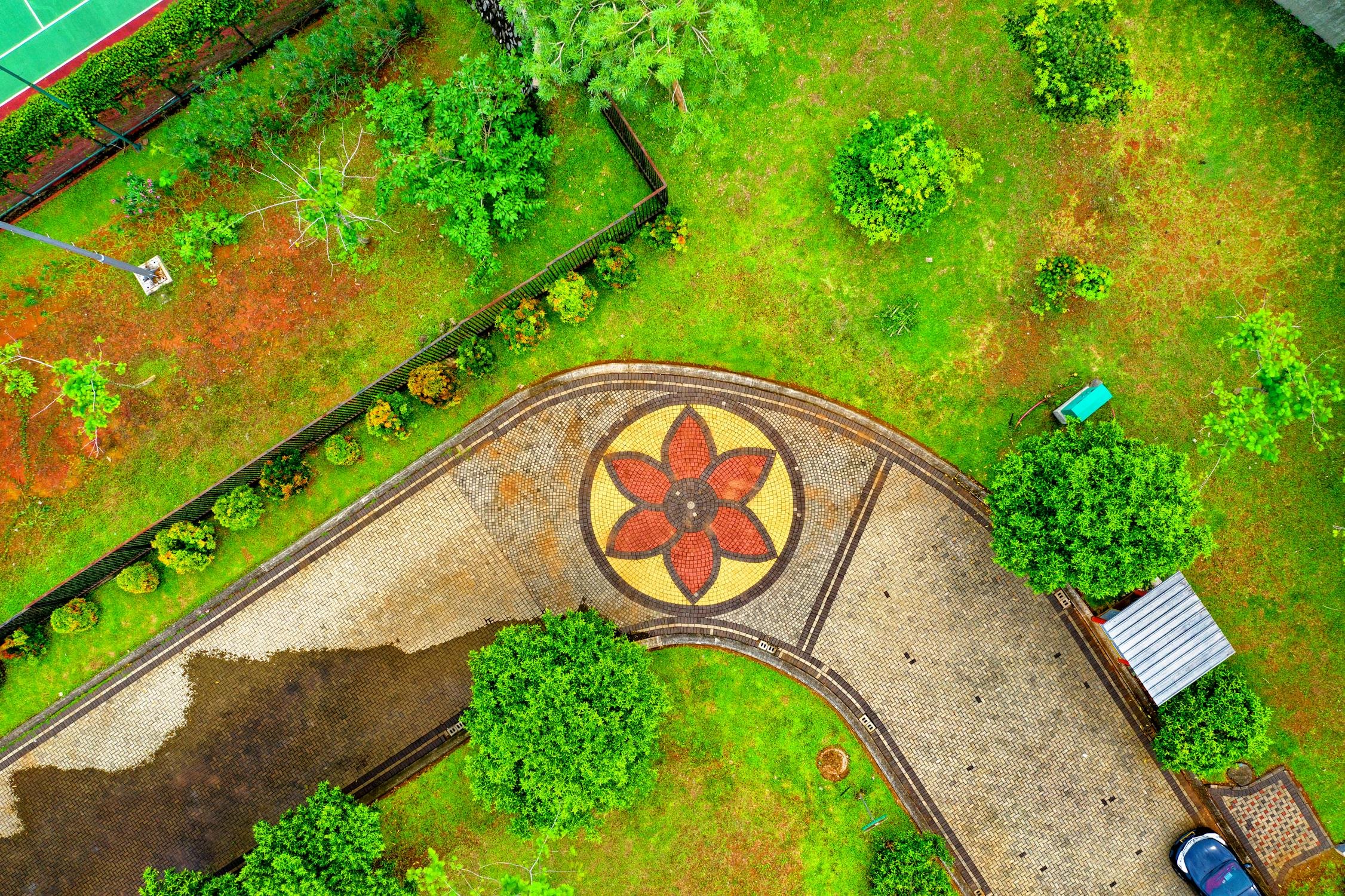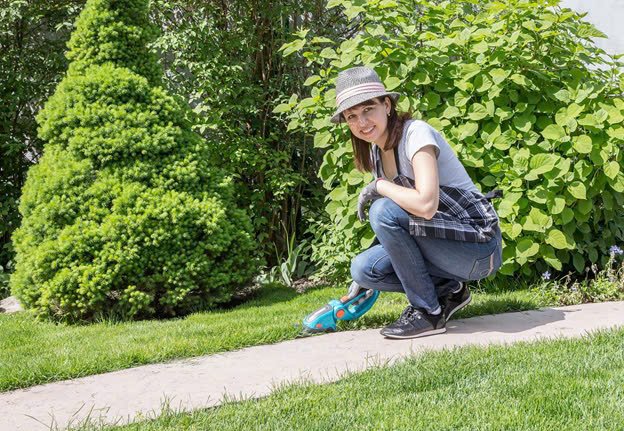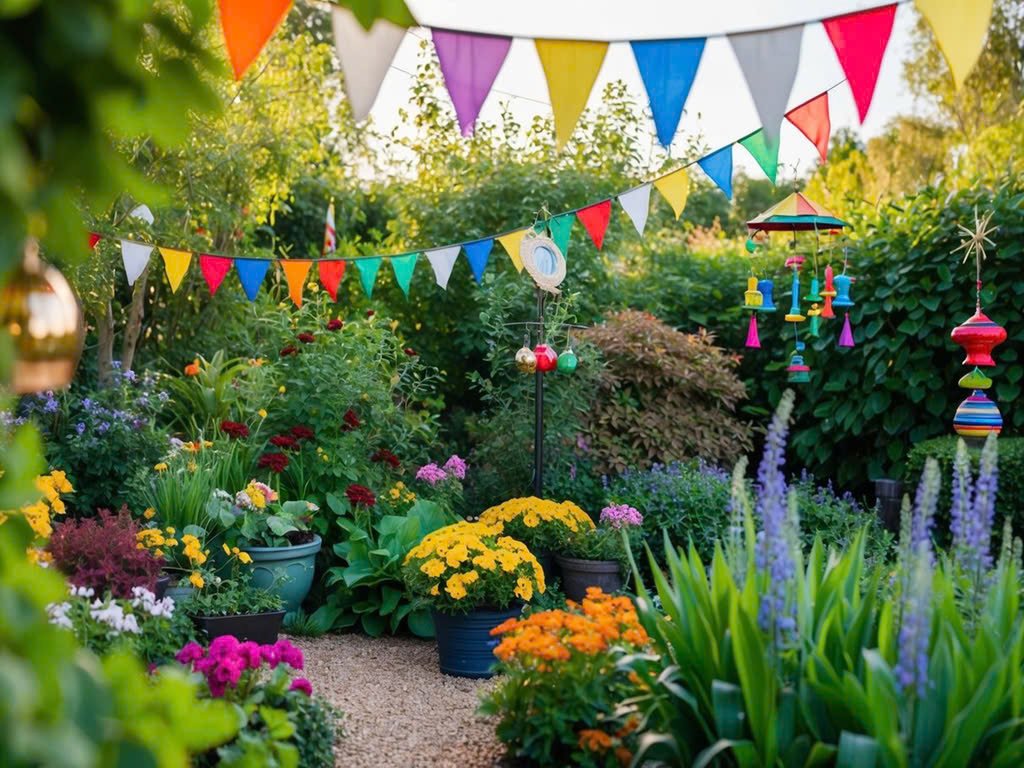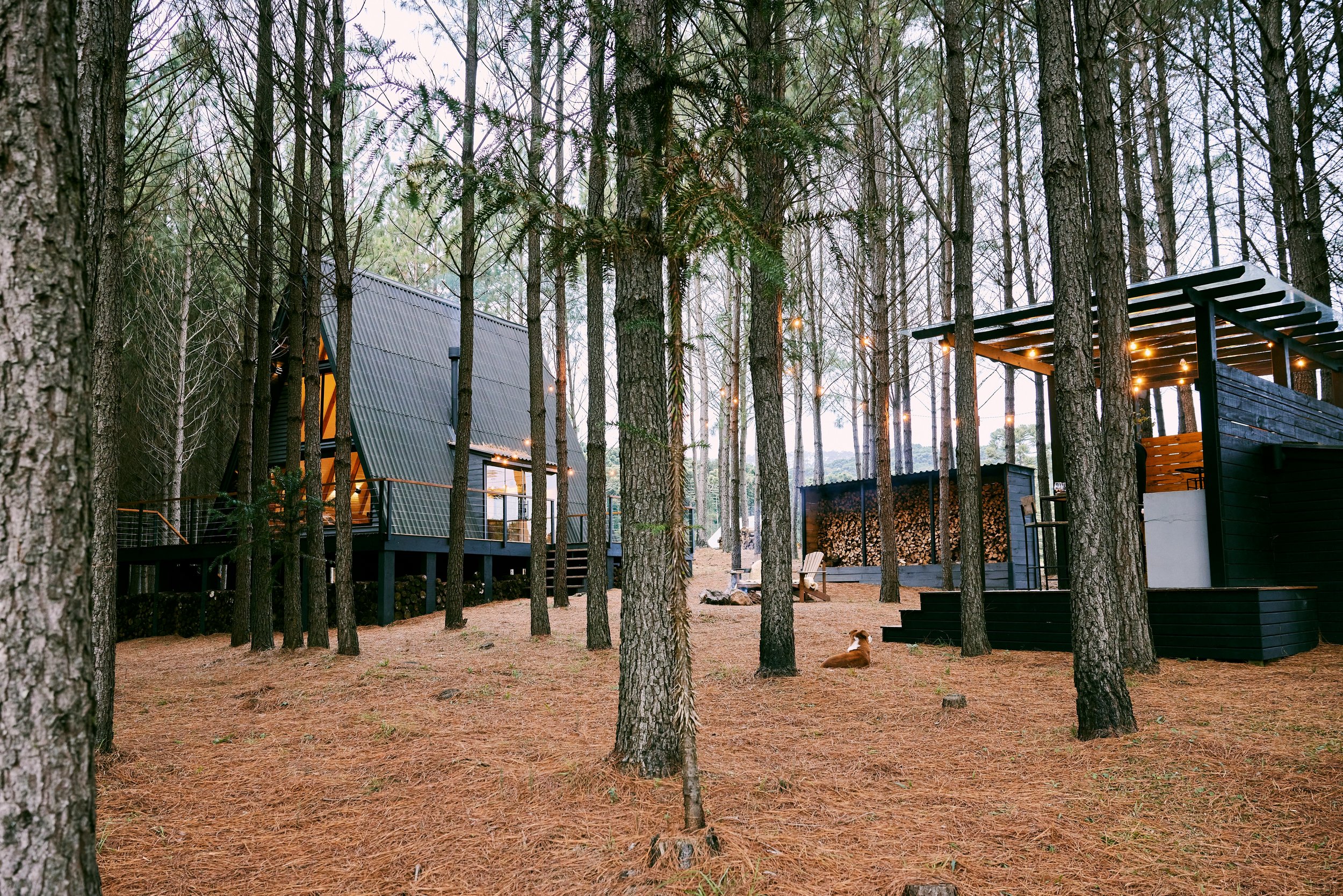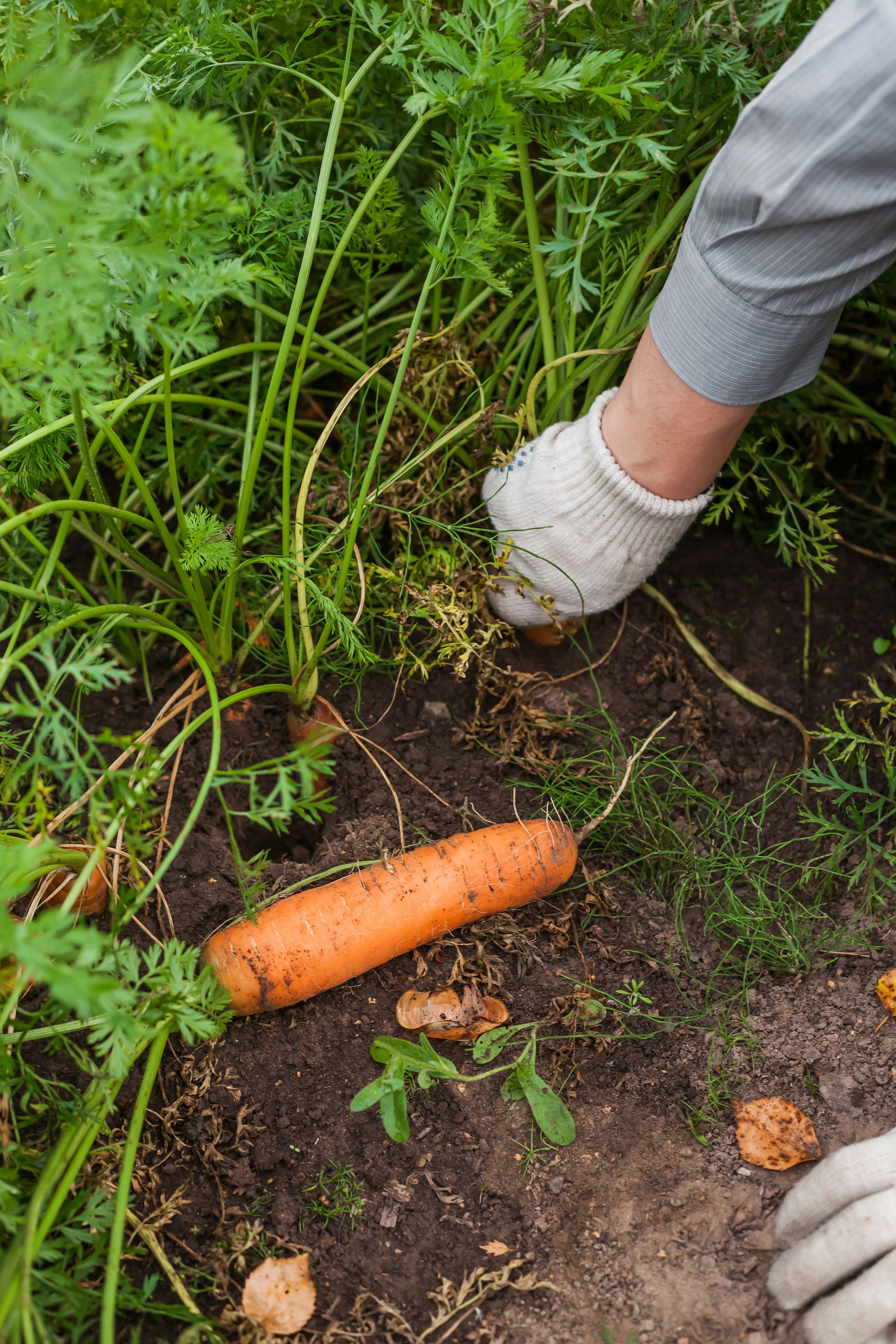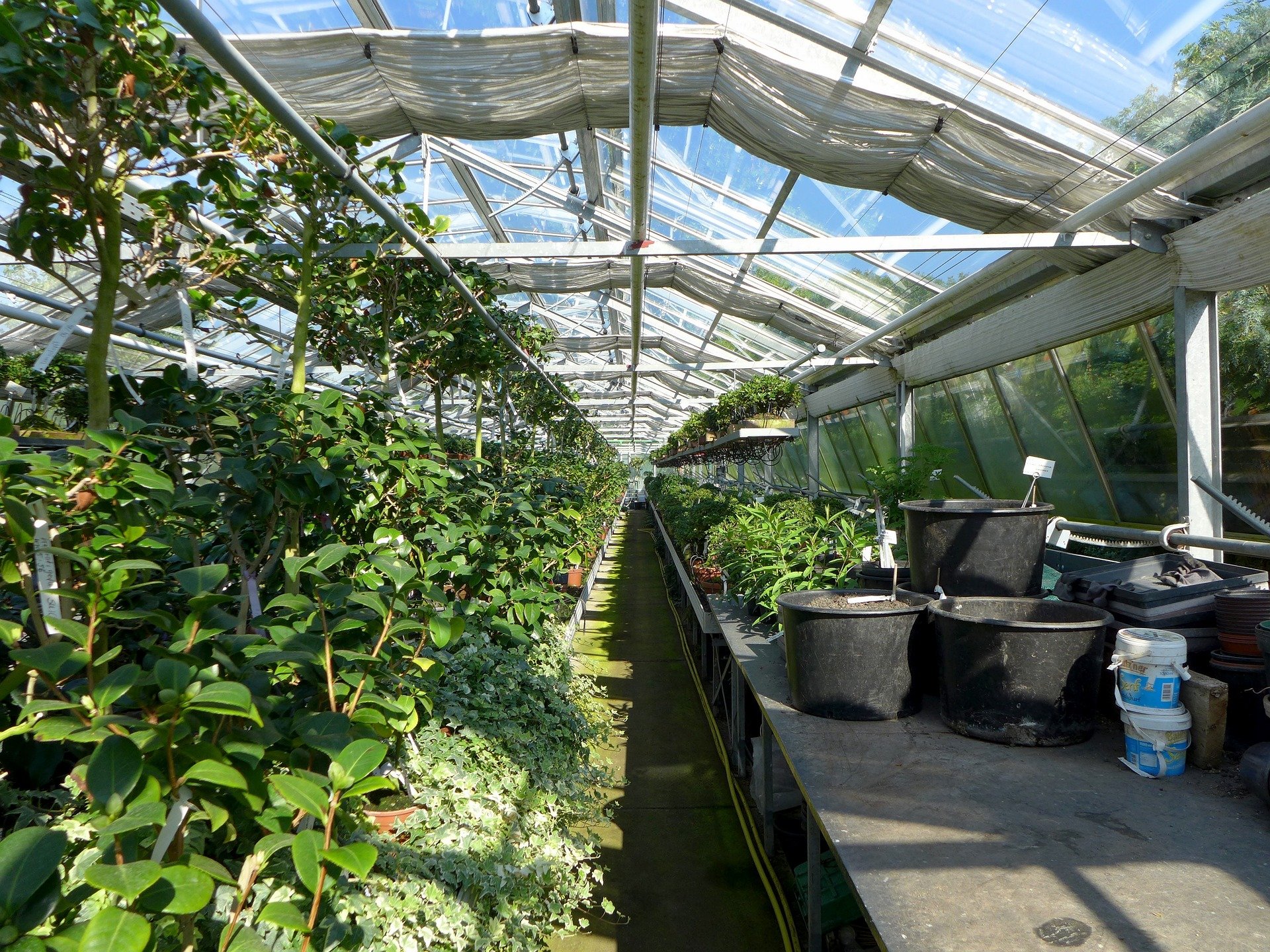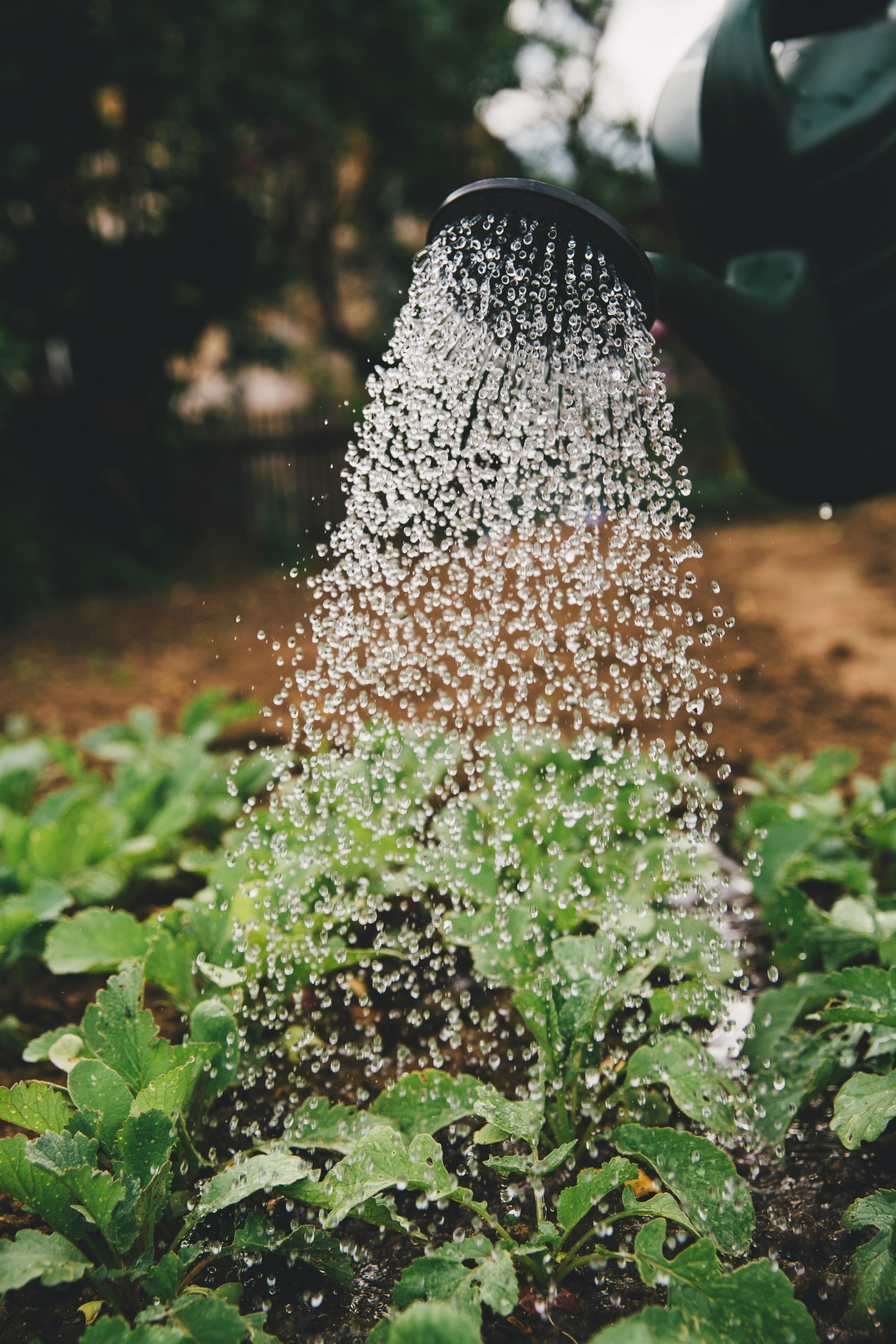Green Thumbs Unite: Essential Gardening Tips for a Thriving Garden
Discover expert gardening tips to cultivate a thriving garden. From soil preparation to plant care and pest control, this article provides valuable advice and practical techniques to help you achieve success in your gardening endeavors. Whether you're a seasoned gardener or just starting out, these tips will empower you to create a green oasis that flourishes with beauty and abundance.
A visually stunning garden filled with an abundance of blooming flowers, vibrant vegetables, and healthy plants.
Introduction:
Welcome to the world of gardening, where nature and human hands come together to create stunning landscapes and bountiful harvests. Whether you have a small backyard, a balcony garden, or a spacious plot of land, gardening offers a rewarding and therapeutic experience. But where do you begin? How do you ensure your plants thrive and your efforts bear fruit? In this article, we'll delve into a treasure trove of gardening tips that will set you on the path to success. From preparing the soil and selecting the right plants to mastering watering techniques and dealing with pests, we'll equip you with the knowledge and techniques to cultivate a thriving garden. So grab your gardening gloves, sharpen your pruners, and let's dig in!
Outline
The Foundation: Preparing the Soil
Plant Selection: Choosing the Right Plants for Your Garden
Nurturing Seeds and Seedlings: Starting from Scratch
Watering Wisely: The Art of Proper Irrigation
Sunshine and Shade: Understanding Light Requirements
Feeding Your Garden: Fertilizing for Healthy Growth
Weed Control: Keeping Unwanted Guests at Bay
Pruning and Trimming: Shaping and Encouraging Growth
Pest Management: Dealing with Common Garden Pests
Companion Planting: Harnessing the Power of Natural Relationships
Mulching: Protecting Your Plants and Conserving Moisture
Container Gardening: Growing in Small Spaces
Vertical Gardening: Making the Most of Vertical Space
Seasonal Care: Gardening Throughout the Year
Sustainable Practices: Gardening with the Environment in Mind
Gardening Tips: Cultivating a Thriving Garden
1. The Foundation: Preparing the Soil
Preparing the soil is the first step toward a successful garden. It provides the necessary nutrients and structure for plants to grow and thrive. Learn about the different types of soil, how to test and amend it, and the importance of organic matter in creating a healthy foundation for your garden. For additional support, GreenThumbDepot.com offers a diverse range of plant-growing nutrients designed to enhance plant growth, increase yields, and improve produce quality.
2. Plant Selection: Choosing the Right Plants for Your Garden
Selecting the right plants for your garden is essential for their long-term success. Consider factors such as climate, soil conditions, and light availability. Learn how to match plants to their preferred growing conditions and choose varieties that suit your gardening goals, whether it's growing vegetables, flowers, or a combination of both.
3.Nurturing Seeds and Seedlings: Starting from Scratch
Starting plants from seeds or nurturing seedlings requires patience and care. Explore techniques for seed sowing, seedling care, and transplanting to ensure your plants get off to a strong start. Discover the benefits of seed saving and how to create a sustainable cycle of growth in your garden.
4. Nurturing Seeds and Seedlings: Starting from Scratch
Water is a vital element for plant growth, and proper irrigation is crucial for maintaining a healthy garden. Learn how to water your plants effectively, considering factors such as soil type, plant needs, and weather conditions. Discover techniques for conserving water and preventing common watering mistakes.
5. Sunshine and Shade: Understanding Light Requirements
Understanding the light requirements of your plants is key to their overall health and productivity. Learn how to assess the sunlight conditions in your garden and choose appropriate plants based on their light preferences. Discover techniques for maximizing sunlight exposure and creating shade for shade-loving plants.
6. Feeding Your Garden: Fertilizing for Healthy Growth
Proper fertilization provides plants with essential nutrients for healthy growth. Explore different types of fertilizers, including organic and synthetic options, and learn how to apply them effectively. Understand the importance of timing and dosage to avoid over- or under-fertilization.
7. Weed Control: Keeping Unwanted Guests at Bay
Weeds compete with your plants for nutrients, water, and sunlight. Discover effective strategies for weed control, including manual removal, mulching, and weed barriers. Learn how to prevent weed growth through proper soil preparation and maintenance practices. Nowadays, as gardens flourish, it's vital to consider eco-friendly weed control methods to avoid health risks associated with chemical herbicides. With the ongoing Roundup weed killer lawsuit highlighting concerns, many gardeners are opting for safer alternatives like mulching, manual weeding, or using natural herbicides. Prioritizing your garden's health while staying mindful of environmental impacts is key to a thriving and sustainable gardening experience.
8. Pruning and Trimming: Shaping and Encouraging Growth
Pruning and trimming are essential for shaping plants, promoting healthy growth, and controlling size. Learn the basics of pruning, including when and how to prune different types of plants. Understand the importance of proper pruning techniques to avoid damage and encourage optimal growth.
A cozy bedroom with luxurious textiles and soft furnishings, including a plush duvet, fluffy pillows, and a knitted throw blanket, providing a comforting and inviting space for relaxation and rejuvenation.
9. Pest Management: Dealing with Common Garden Pests
Garden pests can wreak havoc on your plants. Identify common garden pests, from insects to diseases, and learn effective pest management strategies. Discover organic and natural approaches to pest control, including companion planting and the use of beneficial insects.
10. Companion Planting: Harnessing the Power of Natural Relationships
Companion planting involves strategically planting different plants together to create beneficial relationships. Learn about companion plants that repel pests, attract beneficial insects, or enhance each other's growth. Explore the concept of companion planting and how it can improve the health and productivity of your garden.
11. Mulching: Protecting Your Plants and Conserving Moisture
Mulching is an essential practice that protects plants, conserves moisture, and suppresses weeds. Discover different types of mulch materials and learn how to apply them effectively. Understand the benefits of mulching and how it contributes to the overall health of your garden.
12. Container Gardening: Growing in Small Spaces
Container gardening is a versatile option for those with limited space. Explore the world of container gardening, from choosing the right containers and soil mix to selecting appropriate plants and providing proper care. Learn how to create stunning container displays that bring beauty and productivity to your outdoor spaces.
13. Vertical Gardening: Making the Most of Vertical Space
Vertical gardening allows you to maximize your growing space by utilizing walls, trellises, and other vertical structures. Discover innovative vertical gardening techniques, from vertical planters to living walls. Learn how to grow climbing plants, vegetables, and flowers in limited spaces and create a vertical oasis of greenery.
14. Seasonal Care: Gardening Throughout the Year
Gardening is a year-round endeavor, and each season brings its own set of tasks and considerations. Explore seasonal care tips, from planting and pruning to fertilizing and harvesting. Learn how to adapt your gardening practices to the changing seasons and create a garden that thrives throughout the year.
15. Sustainable Practices: Gardening with the Environment in Mind
Embracing sustainable gardening practices not only benefits the environment but also promotes the long-term health of your garden. Discover techniques for water conservation, composting, natural pest control, and soil improvement. Learn how to reduce waste, create wildlife-friendly habitats, and make your garden an eco-friendly oasis. For professional assistance with natural pest management, consider services for pest control Orlando.
Conclusion:
With these expert gardening tips, you're now equipped with the knowledge and techniques to cultivate a thriving garden. From preparing the soil to mastering watering techniques, from understanding light requirements to managing pests, you have the tools to create a green paradise that flourishes with beauty and abundance. Remember, gardening is a journey of discovery and learning. Embrace the joys and challenges of nurturing plants, and let your garden be a testament to the love and care you invest in it. Happy gardening!
FAQs (Frequently Asked Questions)
Q: How often should I water my garden?
A: The frequency of watering depends on various factors, including the type of plants, soil type, and weather conditions. As a general guideline, aim to water deeply and infrequently, allowing the soil to dry out between waterings. Check the moisture level of the soil by inserting your finger into the soil up to the second knuckle. If it feels dry at that depth, it's time to water.
Q: What can I do to prevent pests in my garden without using harmful chemicals?
A: There are several natural and organic methods for pest control in the garden. Encourage beneficial insects like ladybugs and lacewings, which prey on common garden pests. Use physical barriers like row covers or netting to protect plants. Additionally, companion planting can help repel pests. For example, planting marigolds near tomatoes can deter aphids.
Q: How do I know if my plants need fertilizer?
A: Plants typically show signs of nutrient deficiency, such as yellowing leaves or stunted growth when they lack essential nutrients. Conduct a soil test to determine the nutrient levels in your soil and identify any deficiencies. Based on the results, choose a fertilizer that addresses the specific needs of your plants.
Q: Can I start a garden if I don't have a backyard?
A: Absolutely! Gardening is possible even without a backyard. Consider container gardening on a balcony or patio. You can also join a community garden or find local gardening initiatives that offer shared spaces for gardening. Alternatively, explore indoor gardening options, such as growing herbs or small plants on windowsills or using hydroponic systems.
Q: How do I prevent weeds from taking over my garden?
A: Weed prevention starts with proper soil preparation and maintenance. Clear the area of existing weeds before planting and use organic mulch to suppress weed growth. Regularly monitor your garden for new weed growth and remove them promptly. Additionally, practicing good sanitation, such as cleaning gardening tools, can help prevent the spread of weed seeds.

